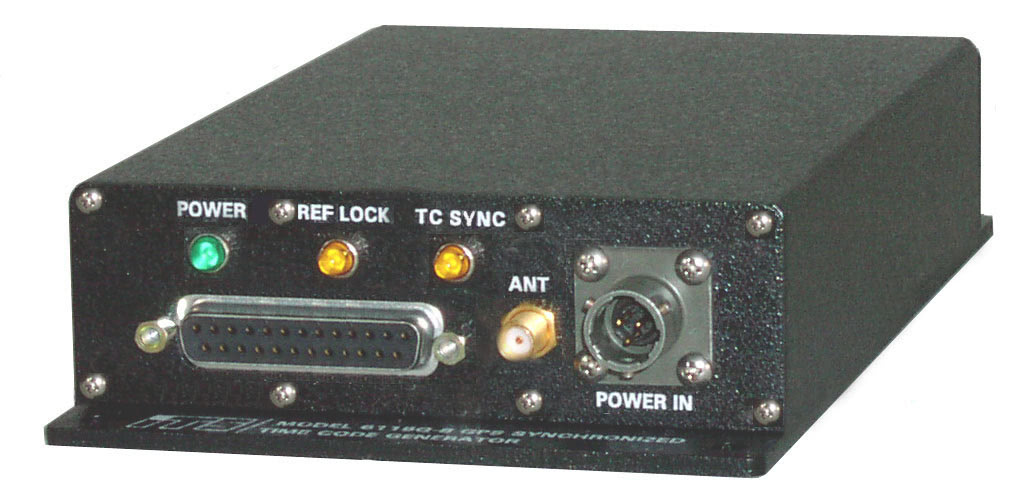IRIG timecode is a standard timecode format. It is a form of analog and/or digital signal that encodes the time of day. Typically, into hours, seconds, and nano seconds. However, it can also include other information such as the date and day of the week.
Secondly, the IRIG signal is transmitted via a modulated carrier wave. Transmitted over a coaxial cable, fibre optic link and more recently by GPS; using GPS receivers and satellites.
IRIG Codes and Standards
Did you know that IRIG timecode standard is available in several different formats? This includes IRIG A, B, C, D, E and G. Each format has slightly different specifications. However, all provide accurate and reliable time synchronisation for various applications.
Where is IRIG used?
So, for any applications where precise timing is essential – IRIG timecode is ideal. Therefore, applications such as:
- Defence & Aerospace
- Scientific Research
- Telecommunications
- Complex Industrial Automation & Control Systems
What is IRIG B timecode?
IRIG B timecode is a standard for transmitting time information from a master clock to other devices. Used in Defence Video and Broadcasting applications. It features a digital signal that encodes time information in a binary format.
Is IRIG B accurate?
Accuracy all depends on the source of the signal and equipment used to receive and process it.
However, the IRIG B standard is designed to provide accurate time synchronisation to within one microsecond of Coordinated Universal Time (UTC).
Items which affect the accuracy of IRIG B timecode are: signal attenuation, noise, and drift in clocks used by the transmitting and receiving equipment. But generally, the accuracy of IRIG B timecode is within a few microseconds of UTC.
However, to achieve the highest possible accuracy suggestions include
- Use high quality transmitting and receiving equipment
- Ensure signal path is calibrated and maintained
- Incorporate additional techniques such as GPS based time synchronisation.
What is IRIG B time synchronisation?
Firstly, IRIG B time synchronisation is the method of synchronizing clocks in different locations to a common time reference using the IRIG B timecode signal. The IRIG B timecode signal is a standard timecode format. Providing accurate and a reliable means of time synchronisation.
Secondly, this is conducted by getting the master clock to generate the IRIG B signal. This signal is then distributed to slave clocks in different locations via coaxial cable or fibre optic link. The slave clocks use IRIG B signal to adjust their internal clocks and synchronise them to the master clock. Higher accuracy would be by GPS based time synchronisation.
Why do Defence and Aerospace use IRIG Timecode Generators?
Defence and Aerospace systems generally use highly specialised and advanced timecode generators. This is because this equipment is designed to meet the strict requirements for accuracy, reliability and resilience in harsh environments. In addition, they meet the need for the Military application.
Firstly, IRIG timecode generators typically use highly precise quartz oscillators or atomic clocks to generate time code signal and may incorporate GPS based time synchronisation for even better accuracy.
Therefore, timecode generators play a critical role ensuring systems operate correctly and maintain accuracy and reliability over time.
Also another type of timecode generator used by Defence is IEEE 1588 Precision Time Protocol (PTP) generator. Protocol is for those applications requiring sub microsecond synchronisation accuracy. Such as in radar systems and satellite communications.
Finally, EON Instrumentation manufacture timecode generators and timecode displays . Such as IRIG B, SMPTE and IEEE1588 PTP. In addition, customisable to meet specific customer’s application needs. Contact us to learn more.
